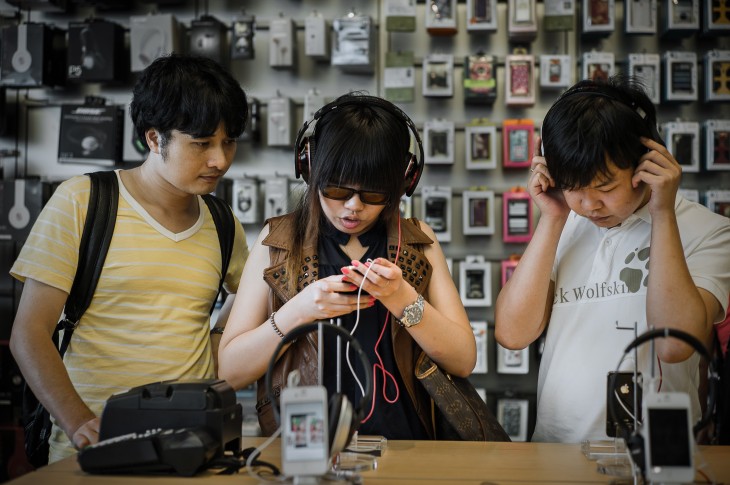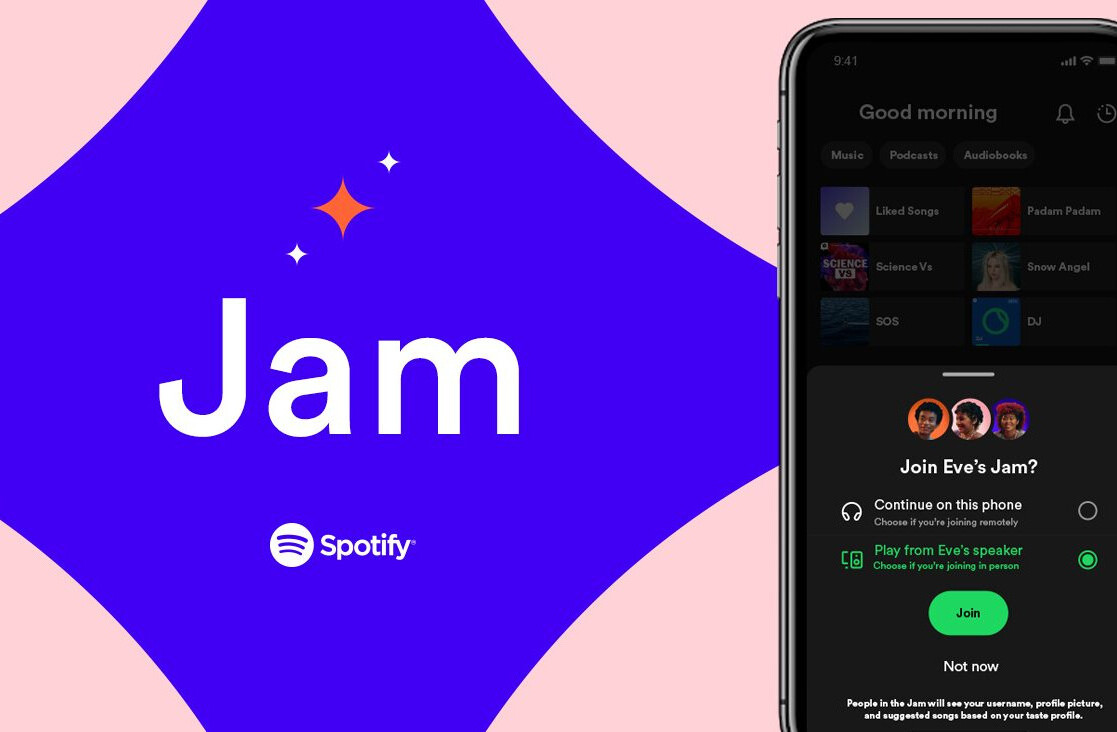
Music streaming services are huge in the Western world. The industry is highly competitive — alongside smaller startups such as Pandora, Spotify, Rdio and Deezer, big Internet companies including Google, Apple and Microsoft have also jumped onto the bandwagon. Google has rolled out Google Play Music All Access, while Apple has its iTunes Radio service and Microsoft has developed Xbox Music.
However, in Asia there is still a lot of space for music streaming to grow — and recently, the concept started getting into full gear as a handful of music streaming services already popular in the West made their way to Asia.
In August 2012, Deezer started rolling out across Asia. In April 2013, Spotify first entered the continent with its launches in Hong Kong, Malaysia and Singapore, while in June, Rdio launched its service in Hong Kong and Malaysia, its first territories in Asia.
After taking such baby steps in the last year, this may just be the year that music streaming services could finally take off properly in Asia — in particular Southeast Asia — as they boost their mobile offerings, ink deals with carriers and persuade users of the benefits of paying for high-quality music.
A clearer mobile direction
First of all, music streaming services are making a stronger push toward mobile, which is something that will benefit them particularly in Asia. The region is undergoing a mobile revolution — roughly half of the world’s mobile connections are now in Asia Pacific, with some 1.6 billion unique subscribers, according to a report last year from the GSM Association. This means many people who access the Internet for the first time are coming online via their mobile devices, and their leisure habits are in turn formed on mobile too.
Spotify revealed late last year that its free service will now include mobile phones and tablets, though it will involve shuffle mode only on phones – so it will be a radio-like experience where you don’t have full control over the order of play. There will also be ads included in the free service, as is the case with all of Spotify’s free products. However, the huge step to offer its free service on mobile would likely attract many first-time users in Asia who want a taste of its service — and is the first mile in eventually converting them to paying users.
Sunita Kaur, director for Asia at Spotify, tells us:
We’re expecting great things (from Spotify mobile). With a lot of companies, everything that we build, we build for our users… It’s been something that users have been telling us they want for a long time. So we build and we’ve sort of given back.
The fact that we have, for the past few years, such a huge demand for Spotify free on all devices — it’s great that we can finally do this. Asia plays a huge part in everything Spotify does. This is where most of the world lives. So it’s exciting for us.
Deezer already made its mobile app available when it arrived in Asia — however, non-Premium+ subscribers can listen to all their music on mobile for 30 seconds only. If they want to play the full track, they have to pay.
Given Spotify’s recent move to offer something closer to its full service for free on mobile, this may spark a move on the part of other music streaming services to start boosting their mobile offerings, and could truly increase the adoption of these services in Asia. After all, listening to music on their mobile devices is a pertinent trend in Asia’s largest country, China, with latest statistics pegging 285 million people in the country who listen to music while on the move, or 61.4 percent of total smartphone users.
Kaur says: “We are huge music fans. When you think about the choices that we had… we didn’t really have a lot of choice. When Spotify came into the market, number one it was a brand that people had heard about already, so the excitement of launching in Asia was there. And then the next step, we filled a void in the Asian market.”
A push for carrier partnerships
Carrier partnerships are a strategic way to move forward in Asia, as music streaming services seek to gain more users without forcing them to pay. Basically, this means carriers pay the music streaming services — and they benefit as well by gaining an additional value-added service that will differentiate them from other carriers, essentially helping them attract new customers.
Deezer has three such partnerships in Asia currently — with Digi in Malaysia, DTAC in Thailand and M1 in Singapore. How this works is that for example, postpaid M1 customers get unlimited music through Deezer, and an exclusive offer for the Premium+ service at just $5.99 per month up to a maximum subscription period of six months (usually priced at $9.90 a month).
Spotify has arrangements with a range of operators in Europe — including Deutsche Telekom in Germany — and previously its Hong Kong-based regional head Sriram Krishnan had told TNW that it is open to working with Asian operators. In 2013, that finally came true when Spotify inked its first such deal in Asia, signing a deal with Maxis in Malaysia in October. This year seems to be the time when it will pick up its pace for signing more operator deals, considering it has landed on mobile for free finally.
Eradicating piracy
Digital music sales are well established in most of Europe and the US, yet in Asia, many Internet users lack the means and awareness to buy music legally. Even in affluent Singapore, it was revealed in May 2012 that half of all Internet users accessed illegal download sites for free music and movies.
However, governments in Asia have been increasing efforts to curb online piracy — Singapore, for one, was considering plans to block websites that offer pirated content. In the meantime, it was revealed in September last year that China was preparing to test payments for legal Internet music downloads.
As societies band together to crack down on illegal music, legal music streaming services are set to become more popular in this part of the world, especially when markets typically drive the launches of such services — that is, when there is demand from the market, they will step in to plug the gap.
As Kaur notes, for example, Spotify’s lead for any market launch is their licensing and label relations. “So what happens is when all of the record labels, collective societies, publishing houses come together, and when we have a good robust local music catalogue, then we launch,” she explains.
Music streaming services to scale in Asia in 2014
This year, therefore, bodes well for music streaming services in Asia as the foundations have all been laid.
Whether or not they can truly take off in Asia probably depends a lot on the teams behind these services also bringing in more local music and adapting to the various languages in the region — which is what they have been working on already. After all, it won’t be any surprise that the Chinese love listening to Chinese music, just as the Japanese probably prefer their own labels as well.
Getting a critical mass of record labels and different kinds of music on board would likely boost its adoption among Asian music listeners, and carrier partnerships, along with a focus on mobile, will form an entire solid ecosystem for more growth in the region.
Headline image via Kim Jae-Hwan/AFP/Getty Images, images via Getty Images, Getty Images and Getty Images
Get the TNW newsletter
Get the most important tech news in your inbox each week.






